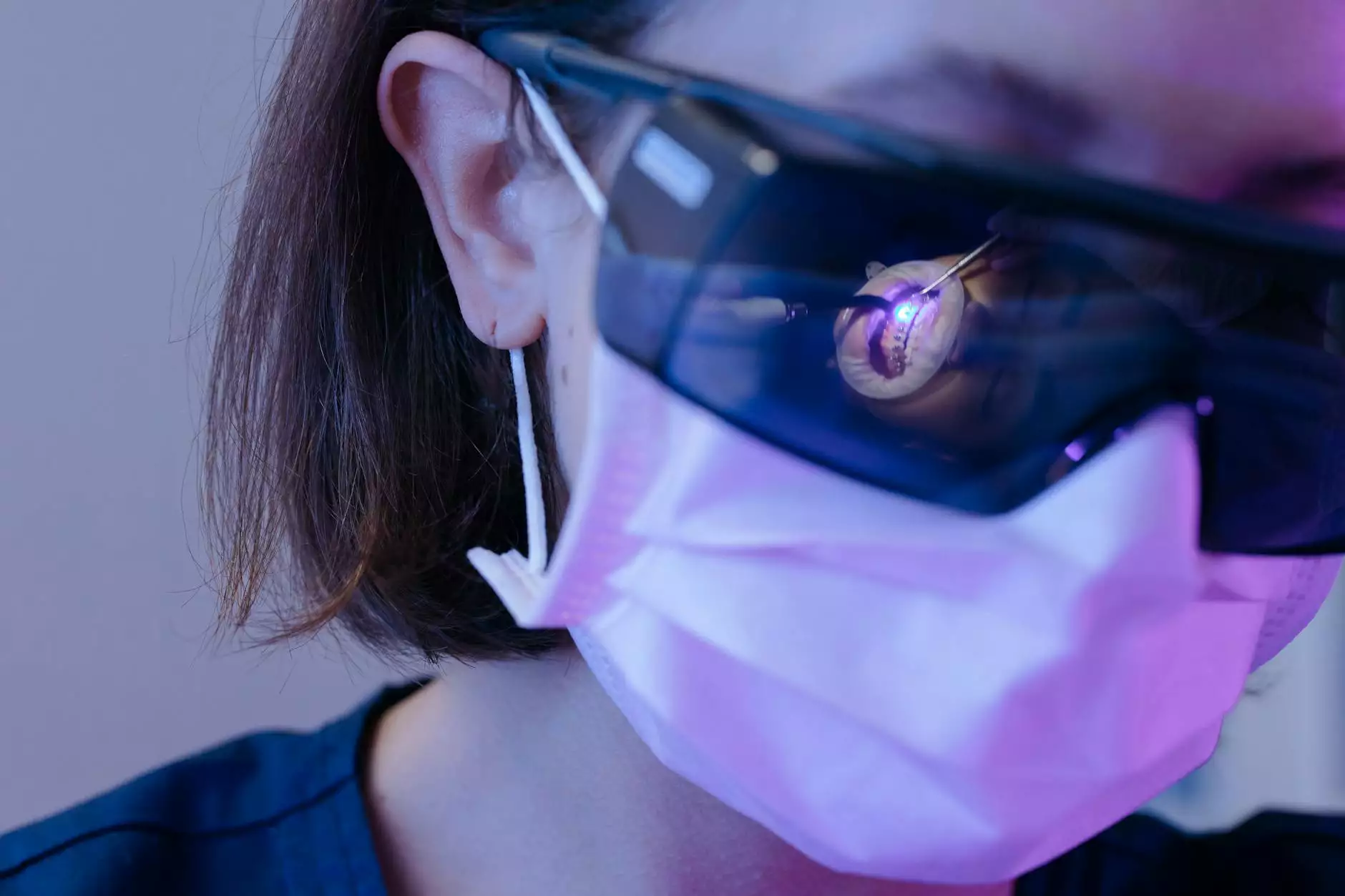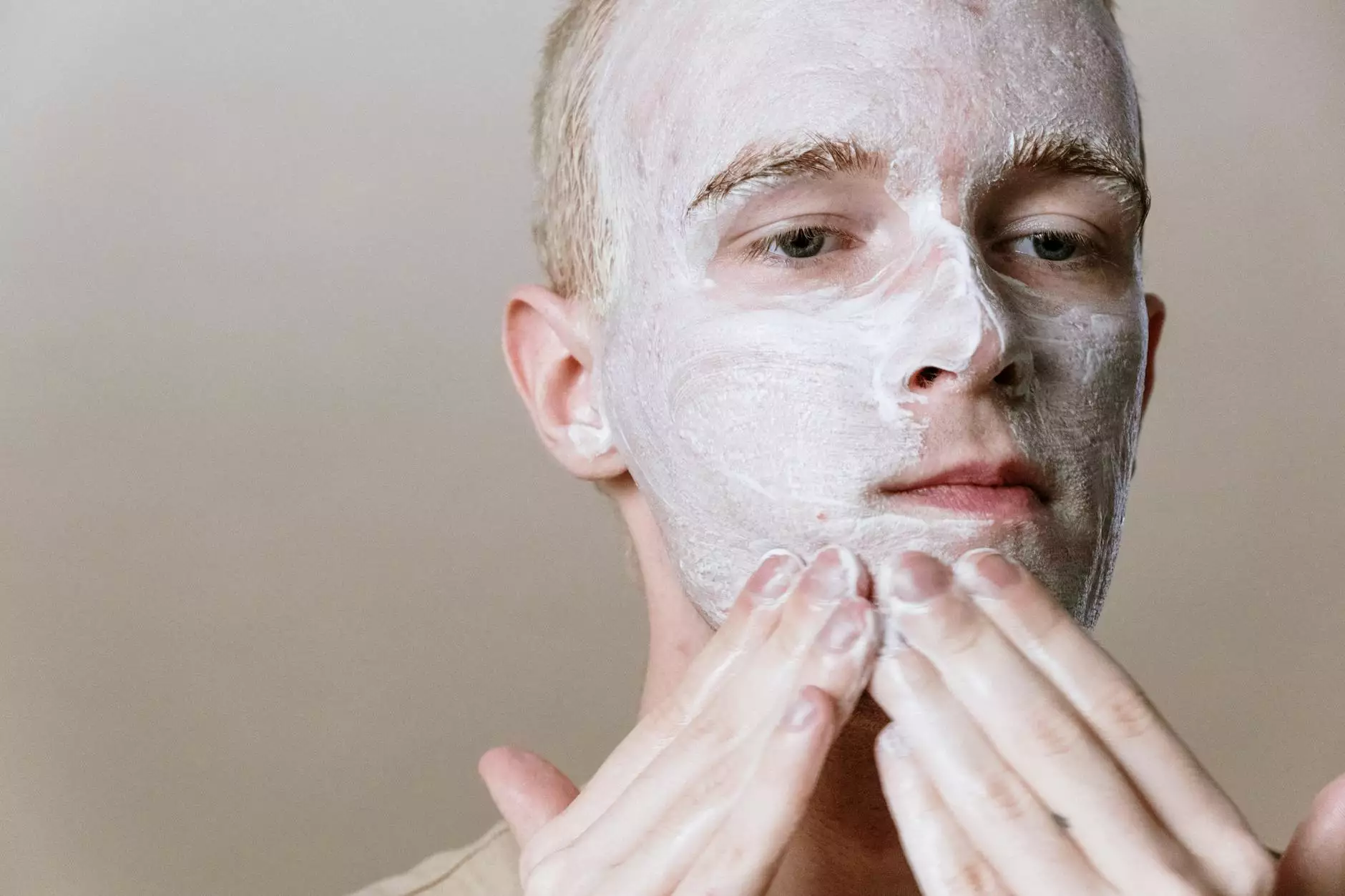The Best Paint Color for Doctors' Offices: Enhancing Patient Experience

Choosing the best paint color for doctors' offices is not just about aesthetics; it's about crafting a space that promotes healing, comfort, and well-being. The colors you select can significantly impact the emotional state and comfort level of your patients, making it essential to make an informed decision. In this comprehensive article, we will explore the psychology of color, popular choices for medical environments, and tips on how to implement these colors effectively. From calming blues to invigorating greens, let's dive into the world of color theory as it applies to healthcare.
The Psychology of Color in Healthcare
Color psychology plays a crucial role in influencing human behavior and emotions. Research has shown that certain colors evoke specific feelings and reactions in people. When it comes to doctors' offices, understanding the emotional responses to various colors can guide healthcare providers in their choices. Here are some key colors and their associated meanings:
- Blue: Often associated with tranquility and calmness, blue is a popular choice for medical settings. It can lower blood pressure and reduce anxiety, making it ideal for waiting areas and treatment rooms.
- Green: Symbolizing nature and renewal, green is a refreshing color that promotes balance and harmony. It can create a soothing environment, especially in places where patients may feel vulnerable.
- Pale Yellow: A soft, cheerful color that can evoke feelings of warmth and happiness. Pale yellow can make waiting areas feel more inviting and less sterile.
- Lavender: Often linked to relaxation, lavender can promote a calming atmosphere, making it a fitting choice for offices dealing with stress-related health issues.
- Warm Neutrals: Shades like beige, taupe, and soft browns provide a more grounded, comfortable feeling. These colors can be universally appealing and can blend well with other color choices.
Factors to Consider When Choosing Paint Colors
When selecting the best paint color for doctors' offices, several factors should be considered:
1. Type of Practice
Different medical offices cater to various patient demographics. For instance, pediatricians may opt for brighter, more playful colors to appeal to children, while a geriatric practice might focus on more subdued, calming palettes.
2. Lighting Conditions
The type of lighting in your office can significantly affect how colors appear. Natural light can make colors appear brighter and more vivid, while fluorescent lighting might alter the hue. Always test paint samples in different lighting conditions to see how they will truly look.
3. Patient Demographics
Understanding the preferences of your patient base is crucial. If your practice serves a diverse demographic, consider colors that can appeal universally, promoting comfort and reassurance.
4. Branding and Ethos
The colors chosen should reflect the ethos and branding of your practice. Ensure your color scheme aligns with your overall branding strategy to create a cohesive and professional image.
Trendy Color Combinations for Doctors' Offices
To elevate the aesthetic appeal of your practice, consider these trendy combinations that embody the principles of color theory while remaining professional and inviting:
- Blue and White: This classic combination evokes a sense of cleanliness and professionalism, ideal for any medical office.
- Green and Cream: A sophisticated palette that balances calm and brightness, providing a natural and welcoming atmosphere.
- Pale Yellow and Gray: A modern twist on a cheerful color scheme that avoids overwhelming brightness while adding cheerfulness.
- Soft Lavender and Beige: A gentle mix that can evoke tranquility, perfect for mental health offices or therapy spaces.
- Earthy Tones with Accents: Combining warm neutral walls with vibrant accent colors, like teal or mustard, can create a more dynamic and engaging space without becoming harsh.
Implementing Paint Colors Effectively
Once you have selected the best paint color for doctors' offices, it’s time to implement these decisions effectively:
1. Accent Walls
Create focal points in your office by using bolder colors on accent walls. This technique can draw attention to certain areas and create an engaging visual interest without overwhelming the entire space.
2. Furniture and Decor
The choice of furniture and decor should complement the colors you have chosen. Opt for furnishings that harmonize with your chosen palette and enhance the overall ambiance.
3. Artwork and Displays
Consider incorporating local artwork or soothing imagery that reflects the calming themes of your color choices. This can enhance the patient experience and provide a more personalized touch.
4. Patient Comfort Zones
Establish different comfort zones within your office with tailored color schemes. For instance, create a cozy waiting area with warm tones and comfortable seating, while treatment rooms can feature cooler, calming shades.
Benefits of the Right Paint Colors for Doctors' Offices
The impact of appropriate paint colors extends beyond mere aesthetics. Here are some key benefits of selecting the right colors for your medical practice:
- Enhanced Patient Comfort: The right colors can make the environment feel less clinical and more inviting, helping patients relax during their visit.
- Reduced Anxiety and Stress: Colors like blue and green can lower anxiety levels, particularly in patients who may be nervous about their appointments.
- Improved Perceptions of Care: A well-decorated and color-coordinated office can enhance patients’ perceptions of the quality of care provided.
- Increased Patient Satisfaction: A comfortable and aesthetically pleasing environment can directly correlate with higher patient satisfaction rates.
Conclusion: Your Next Steps Towards a Welcoming Environment
Creating the right atmosphere in your doctors’ office is a multifaceted project, with paint color being a significant component. The best paint color for doctors' offices can transform a sterile environment into a soothing sanctuary that fosters patient comfort and trust.
As you embark on this journey, consider all of the factors discussed: patient demographics, lighting, and the overall ethos of your practice. With careful planning and a keen eye for color psychology, your office can become a place where healing and comfort go hand in hand.
Ready to make a change? Explore color samples, consult with a local contractor such as Antham Group, and start creating the welcoming, healing space your patients deserve!
best paint color for doctors office








